By: Piyumi Wattuhewa
EIAs evaluate development projects and activities. It considers the ramifications, both positive and negative, of projects even before the first stone is laid and the first tree is cut.

As a developing country, Sri Lanka is the birthplace of many-a formidable development projects; from highways to expressways, from bridges to tunnels, from cities on land to cities on the sea, from hotels, to gyms, to malls, it is not a novelty that something is always being built and will continue to be built. For example, as of April 2021 the World Bank and the Asian Development Bank in combination had 52 ongoing development-related projects in Sri Lanka, amounting to a total commitment of almost $6.9 billion USD and this is only a fraction of the projects that have been, are being and will be implemented. In the midst of all this “developing”, the effect therein on the environment is not one that should be forgotten or taken lightly. This is where Environmental Impact Assessments (EIAs) come in to help us evaluate the development projects and activities from the perspective of the environment. This involves a detailed consideration of the ramifications, both positive and negative, of the projects even before the first stone is laid and the first tree is cut.
What is an EIA?
The International Association for Impact Assessment (IAIA) defines EIAs as “formal and systematic process[es] that include identifying, predicting, evaluating, and mitigating the biophysical, social, and other relevant effects of development proposals prior to major decisions being taken and commitments made”, EIAs help policy makers, project proponents, environmentalists, the general public and any other stakeholders to “look before they leap” as they aid in determining the long term and short term repercussions that a proposed project might have on the environment. These repercussions can be taken into account effectively before any commitments have been and also EIAs facilitate an analysis into ways and means through which one would be able to circumvent any undesirable circumstances.
EIAs in Sri Lanka: The Implementation and the Law
There is no one way to implement an EIA and the process differs from region to region depending on the enabling domestic legislations under which the process is mandated. In the Sri Lankan context , it is under National Environmental Act No. 47 of 1980 (NEA) and subsequent amendments (Act No. 56 of 1988 and Act No. 53 of 2000) that the EIA process is initiated. The process is led by the Central Environmental Authority (CEA) and aided by EIA administrative agencies called “Project Approving Agencies” (PAAs) which guide the process.
EIAs are only prescribed for certain projects in Sri Lanka per the CEA website; which are “large scale development projects or projects which are located in environmentally sensitive areas.” Under the Government Gazette No. 772/22 of 24th June 1993 and No. 859/14 of 23rd February 1995, the Prescribed Projects which would potentially fall under this scope are listed. Project proponents whose projects do not pose significant environmental impacts will undergo a shorter and simpler survey by the name of “Initial Environmental Examination” (IEE). Project proponents are required to provide the CEA, preliminary information to determine whether the project at hand requires an EIA or an IEE. It is an accepted practice to do in the very early stages of planning a project to ensure ease in comprehensive analysis and to provide ample time to search for alternatives.
The entire process entails six steps:
(i) Screening
(ii) Scoping
(iii) Preparation of the EIA / IEE report
(iv) Review of the report (by the public and the PAA)
(v) Approval with terms and conditions or rejection with reasons and
(vi) Post approval monitoring.
The relevant PAA is in charge of each step of the implementation except the preparation of the EIA, which is undertaken by the project proponents by hiring a consulting agency registered under the CEA. It is difficult to conclusively state how long an EIA will take; while there are statutorily stipulated time frames for steps (i), (ii) and (iv), there is no such limitation imposed on the preparation of the EIA itself. Depending on the nature of the project the time-span can be anywhere between three months to one year, sometimes even more.
Why Should You Care?
EIAs play a crucial role in the planning process of any project. When required and mandated by legislations, EIAs lay a foundation for informed decision-making. The promotion of sustainable development, prevention and minimization of adverse effects of proposed action plans underpin the very process of compiling an EIA. Moreover, they aid in the circumvention of any wastage of resources and facilitate analysis of ways in which existing resources can be used to their maximum potential. EIAs also support assurance of public health and safety as well as encourage the enhancement of the social and human aspect of projects that can get lost in the midst of planning.
Where Do You and I Come In?
The magic of the “E” in “EIA” is that it does not limit itself to the typical “flora and fauna” perception that we have of the environment; it encompasses and requires scrutiny not only of the environment in the sense of the natural world , but also in the socio-economic and cultural sense, by examining both individual and cumulative changes to any human habitat and activity. It is therein that the participation of the general public in the EIA process becomes vital. Engagement with both affected and interested parties along the demographic diversities of social, cultural heritage, economic, livelihoods, health, safety, human rights, and gender becomes the essence in raising concerns to influence design and consideration of project alternatives and informing the scope of the EIA. As such, public participation will affect the interpretation of social, cultural, and economic impacts and essentially be a deciding factor on the impacts of the project on indigenous peoples, the disabled, women and other vulnerable groups.
Public participation and inspection for proposed projects is statutorily provided by the NEA. Though it is not mandated for IEEs, it is mandatory for EIAs to be made available to the public through CEA Headquarter Library, the relevant Divisional Secretariat Office and Pradeshiya Sabha and their availability must be publicized through the PAA in the National Newspapers. The public comments received must be sent to the project proponents for response. They must respond to comments by making every effort to improve the project. In addition, proponents are encouraged to have informal consultations with local inhabitants during the course of the EIA to facilitate an exchange of accurate information about how the proposed project may affect the local communities.
As citizens of a democratic nation, we have an inherent and constitutional right to engage in the decision-making processes that will affect our day-to-day lives. One should never fail to remember that any and all development projects are implemented with the intention of bettering our lives, the lives of citizens; and if any such action fails to do so it is our duty and right to speak up using the platforms that we have been provided with. Our awareness and engagement are key, if we are to ensure that both proposed projects and EIAs themselves serve their purpose.

List of References
-
- Central Environmental Authority- Environmental Impact Assessment (EIA) Procedure in Sri Lanka (http://www.cea.lk/web/en/environmental-impact-assessment-eia procedure-in-SriLanka)
- Central Environmental Authority – Frequently Asked Questions about Environmental Impact Assessment (EIA) (http://www.cea.lk/web/en/faq)
- Central Environmental Authority- Public Participation / Consultation in the EIA Process (http://www.cea.lk/web/public-participation-consultation-in-the-eia-process)
- International Association for impact assessment in cooperation with institute of environmental assessment UK- Principles of environmental impact assessment best practice (https://www.iaia.org/uploads/pdf/principlesEA_1.pdf)
- International Association for Impact Assessment -What should an EIA contain? (https://www.iaia.org/uploads/pdf/Fastips_20.pdf)
- King, Thomas F.- Environmental impact assessment and the law (https://www.sciencedirect.com/science/article/pii/B9780123739629004325)
- The Institute of Environmental Management and Assessment Centre for Environmental Assessment and Management -United Nations Environment Programme, Environmental Impact Assessment Training Resource Manual (https://wedocs.unep.org/handle/20.500.11822/26503)
- The World Bank- Projects- Sri Lanka (https://projects.worldbank.org/en/projects-operations/projects-summary?countrycode_exact=LK)

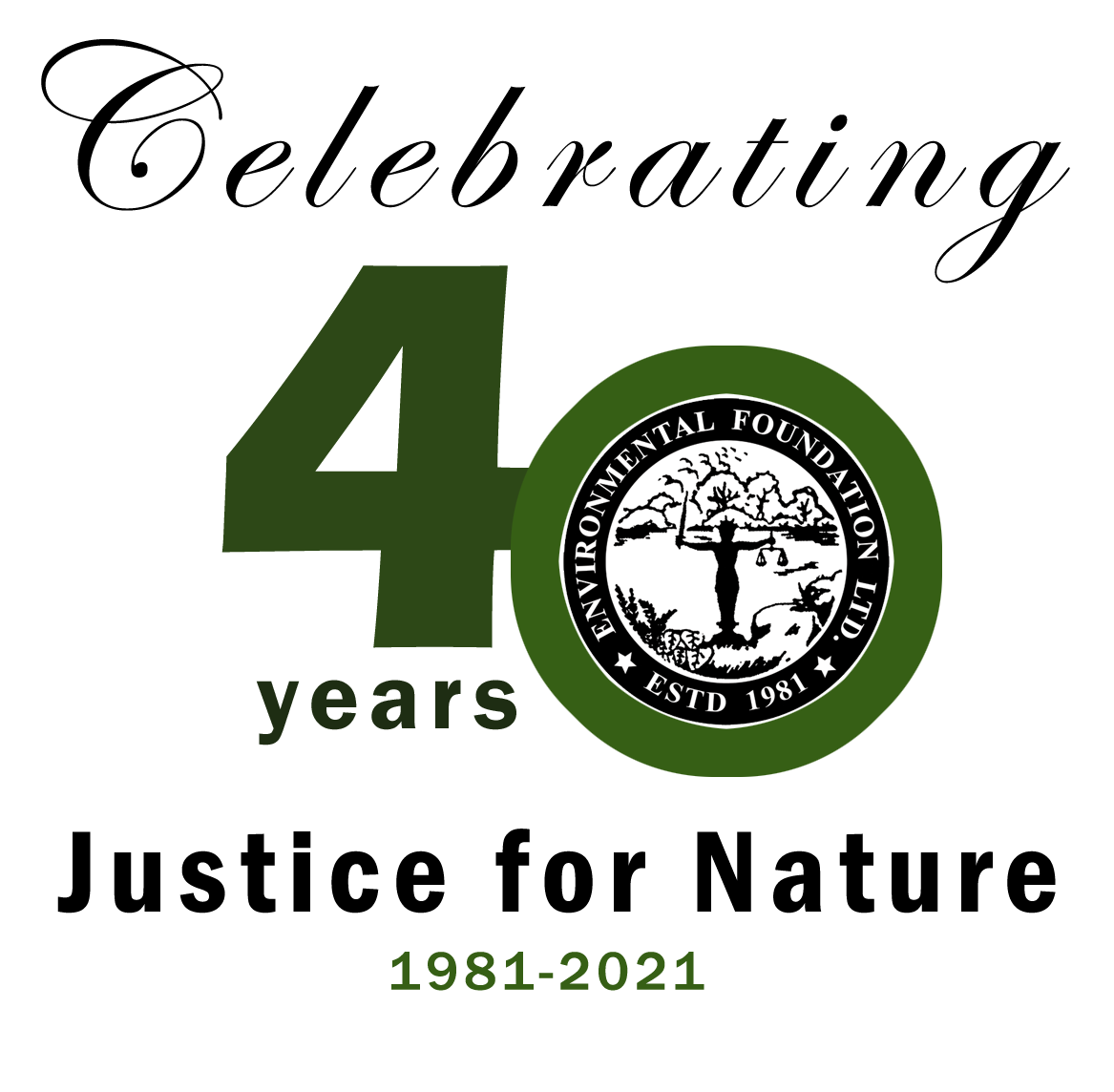
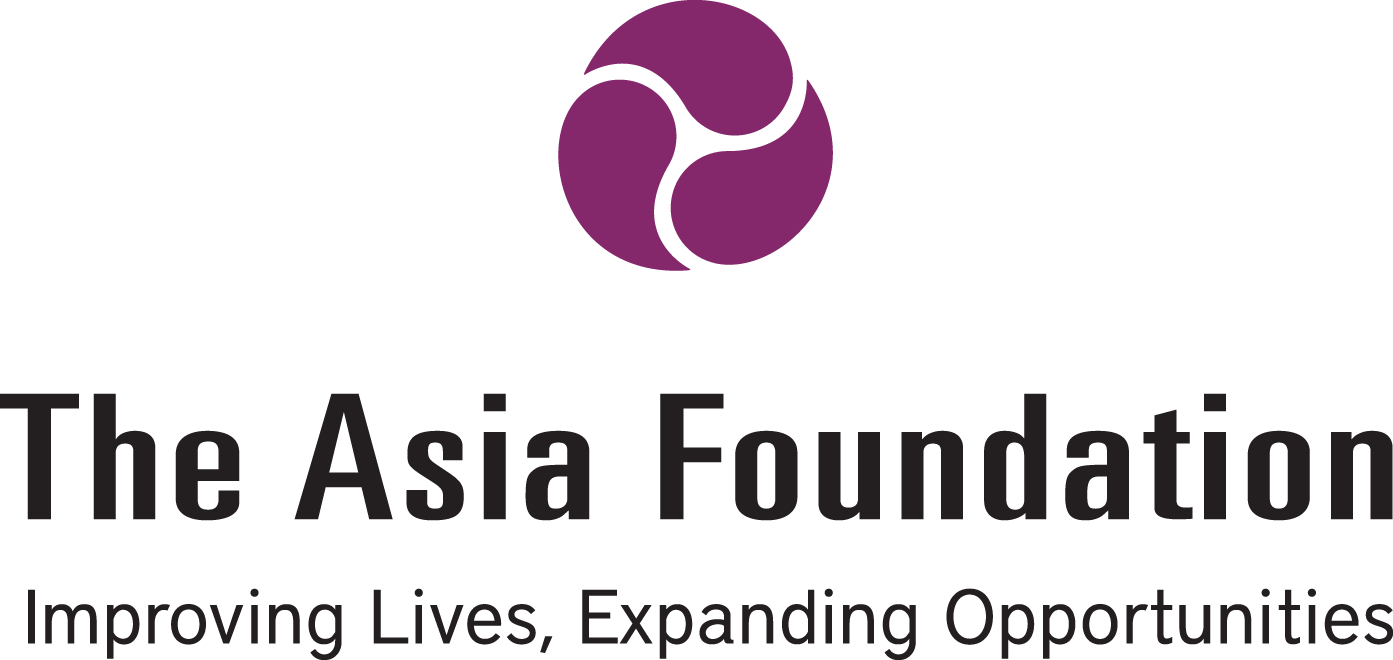
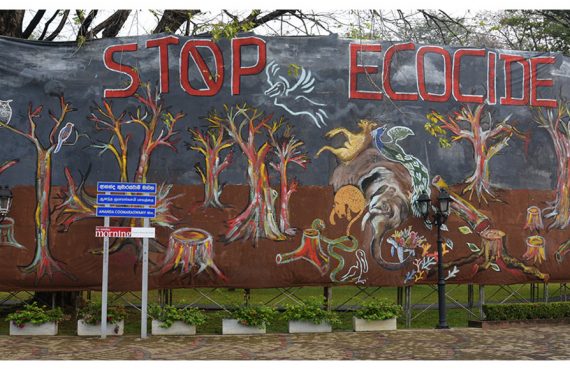



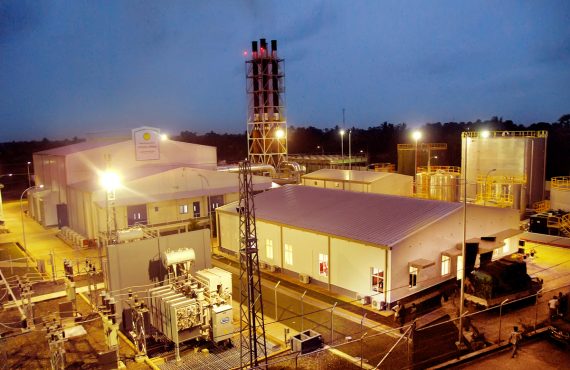



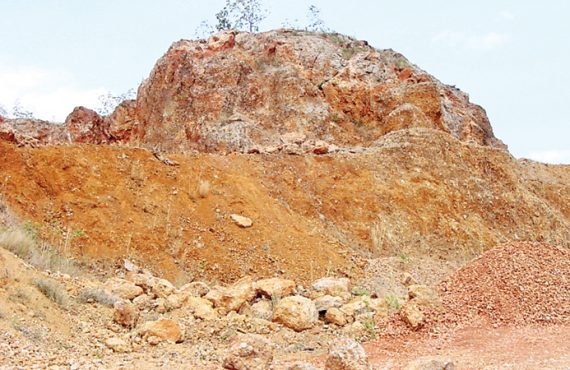



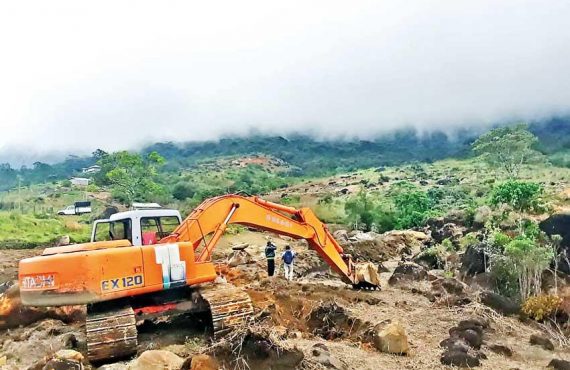

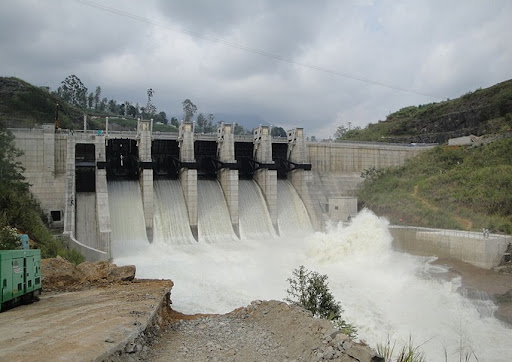





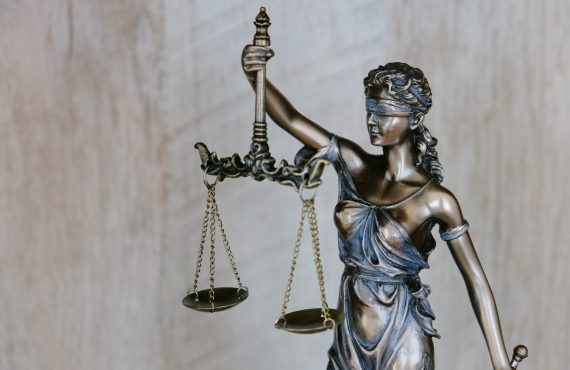

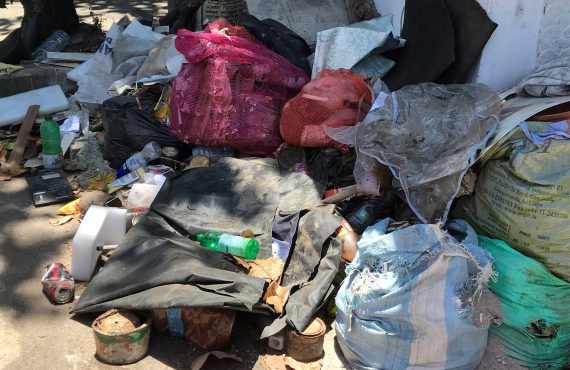









No comments yet.